
 |
Home | Upper Mustang References | Contact |
Links To Photo Galleries
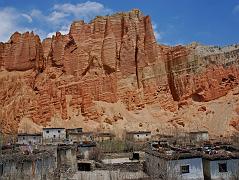
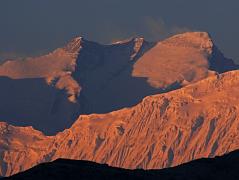
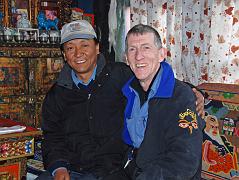
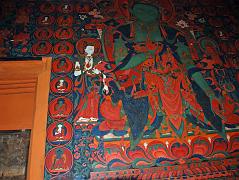
Links To Photo Galleries

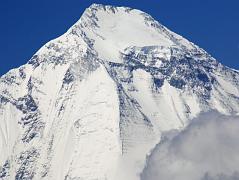
Updated: February 2009. Click on an image to see the FULL size with a caption.
To get to Upper Mustang (pronounced mooo-stong), I flew into Jomsom and trekked part of the Annapurna Circuit up the Kali Gandaki Valley with sensational views of Dhaulagiri and Nilgiri and visiting the Hindu and Buddhist shrines at Muktinath.
I timed my trek to coincide with the 3-day Tiji festival, known as "The chasing of the Demons". Tiji tells the story of a deity named Dorje Jono who must battle against his demon father to save the Kingdom of Mustang from destruction. The demon father wreaks havoc on Mustang by creating a water shortage, which in this extremely arid land is the most precious life-sustaining resource. Dorje Jono eventually defeats the demon and banishes him from the land.
Although politically part of Nepal, Upper Mustang is linked by religion, culture, and history to Tibet – and now stands alone as one of the last truly pure Tibetan cultures existing today. With its untouched temples, colorful festivals and red-robed lamas, the kingdom preserves not only the daily vernacular of Buddhist ethics, but a unique heritage of Tibetan religious art. ... In 1992 restrictions were eased, and the long-forbidden kingdom was cautiously unlocked.
Nestling like the missing piece of a jigsaw puzzle into the borders of Western Tibet, the tiny kingdom of Mustang occupies 780 square miles in the upper valley of the Kali Ghandaki River, to the north of the Himalayan massif.
Little is known of early potentates, but by the late 1300s one crucial figure emerges: a warrior named Ame Pal. Regarded as the father of today’s royal lineage, he subdued local warlords to unite the kingdom, governing his conquests from the great fortress of Ketchen Dzong. As his rule became consolidated, Ame Pal constructed a capital in its shadow. Known as Lo Manthang, after “the plain of aspiration” on which it stands, the city subsequently gave its name to the kingdom: Mustang is a cartographer’s corruption of Manthang.
Ame Pal's capital was fortified with walls twenty feet high. It was provided with only one great gate ... More than a hundred tightly packed houses fill most of the available space, separated only by the boundaries of brushwood and prayer flags on each rooftop. A maze of alleys runs through them – in places only wide enough for one person to pass.
The “Land of Lo” – as it is known to its seven thousand inhabitants – developed a reputation for trade, and became in its heyday a center of religious art and learning second only to Lhasa. ... At heart a tough community of farmers and traders, the “Lo-pas” (as they call themselves) have always had to adapt to survive.